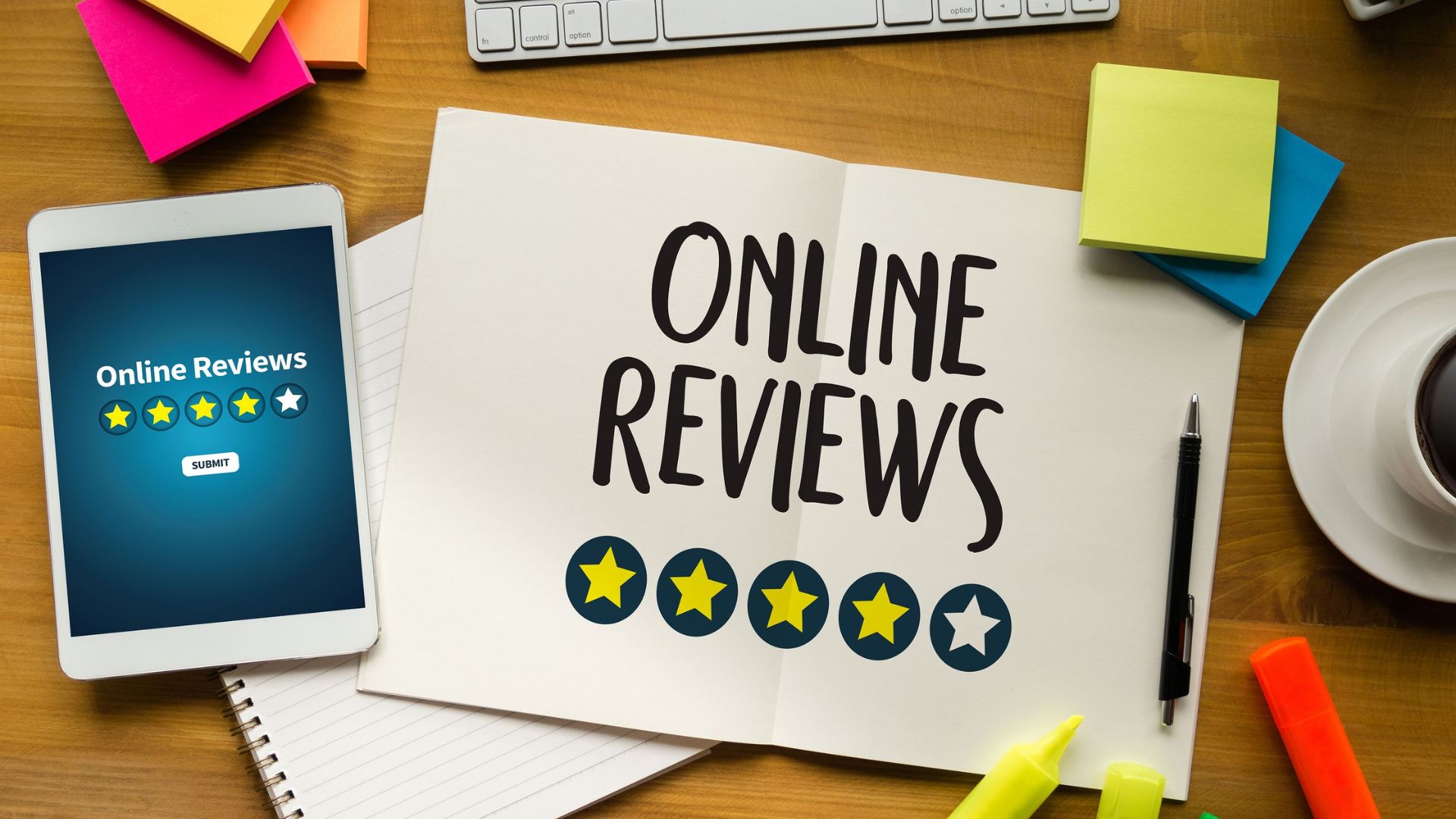Nowadays, where digital interactions heavily influence consumer decisions, authentic online reviews are essential for establishing trust. However, the rise of online connectivity has led to an increase in fake reviews, creating significant challenges for both businesses and customers. This article discusses the problem of fake reviews, explores the innovative methods businesses use to ensure authenticity, and offers essential tips for customers to spot fake reviews. Additionally, we include practical tools and services that businesses can use to maintain the integrity of their reviews.
The Era of Fake Reviews

Online reviews play a crucial role in consumers' decision-making processes. According to a study by Luisa Zhou, nearly 95% of consumers read online reviews before making a purchase, and 89% try to read reviews before buying products online. However, the reliability of these reviews is often undermined by the presence of fake ones.
Fake reviews can be broadly categorized into three types:
- Positive Fake Reviews: Businesses seeking to boost their ratings often pay for these artificially.
- Negative Fake Reviews: These are sometimes posted by competitors aiming to harm a business's reputation.
- Neutral or Misleading Reviews: These may not be entirely negative or positive but are misleading in their content or context.
Challenges Posed by Fake Reviews
For consumers, fake reviews can lead to poor purchase decisions, resulting in dissatisfaction, financial loss, and a decline in trust in the business. Brands are equally affected, as fake negative reviews can damage their reputation, discourage potential customers, and negatively impact their profits. Furthermore, fraudulent positive reviews can set unrealistic expectations, leading to low customer satisfaction when those expectations are not met.
Innovative Techniques for Ensuring Authenticity

To counter the influx of fake reviews, businesses should adopt several innovative techniques:
1. Automated Review Filtering – Platforms like Google and Facebook use advanced algorithms to analyze various aspects of reviews, such as linguistic patterns, timing, and the reviewer's history. These algorithms flag suspicious reviews for removal.
2. Verified Purchases – Many e-commerce platforms now require only verified purchases—those directly linked to a transaction—to leave reviews. This ensures that reviewers have genuinely experienced the product or service.
3. AI and Machine Learning Tools – AI-powered tools can analyze vast datasets to detect anomalies. Indicators like a sudden surge in reviews, overly similar language, or unusual posting patterns can suggest inauthentic behavior. These insights help effectively filter out fake reviews.
4. Review Management Services – Businesses increasingly rely on specialized review management services. Companies like Trustpilot and Reviewr monitor and manage reviews across multiple platforms, flagging potential fake reviews for further examination.
Tips for Consumers: How to Spot Fake Reviews

While businesses and platforms take measures to combat fake reviews, consumers also need to be vigilant. Here are some practical tips for identifying fake reviews:
1. Look for Extremes – Be cautious of overly positive reviews with generic praise or excessively negative reviews lacking specific details. Genuine reviews often provide a balanced perspective, highlighting positive and negative aspects.
2. Check Reviewer Profiles – Examine the reviewer's profile. Genuine reviewers typically have a history of reviews across various products or services. Reviewers with only a few reviews may not be authentic, especially if they are all for the same brand.
3. Date and Time Patterns – A surge of reviews in a short period could indicate a coordinated effort to manipulate ratings. Authentic reviews appear more naturally over time.
4. Use Review Analysis Tools – There are toosl and browser extensions that can analyze review authenticity by examining patterns and reviewer behavior. These tools provide insights into the likelihood of fake reviews, adding an extra layer of verification for consumers.
How Reviewr Can Help?

Reviewr uses advanced technologies, including AI and machine learning tools, to scrutinize vast datasets and detect anomalies that may indicate fake reviews. By analyzing linguistic patterns, timing, and reviewer history, Reviewr’s algorithms can effectively filter out suspicious reviews. This automated review filtering helps businesses maintain the credibility of their feedback and protect their reputations from fraudulent negative reviews posted by competitors.
Additionally, we support verified purchases, ensuring that only genuine customers who have experienced the product or service can leave reviews. This approach significantly reduces the prevalence of fake positive reviews that artificially inflate ratings and create unrealistic customer expectations.
Moreover, Reviewr offers specialized review management services, actively monitoring and managing reviews across multiple platforms. This proactive approach flags potential fake reviews for further scrutiny, maintaining the overall integrity of a brand’s online presence. For consumers, we provide tools and insights to help identify fake reviews. By staying informed about indicators of inauthentic reviews and utilizing Reviewr’s verification tools, consumers can make more informed purchasing decisions and avoid dissatisfaction and financial loss.
In summary, Reviewr is an invaluable resource for upholding the authenticity of online reviews, benefiting both businesses and consumers. We ensure to help your business acquire genuine reviews and improve your online reputation.
Acquire authentic and quality online reviews with Reviewr.
Conclusion
As online reviews remain crucial in consumer decision-making, their authenticity is paramount. Despite the significant challenges of fake reviews, businesses and consumers can implement strategies to mitigate their impact. Companies can maintain the integrity of their review systems by utilizing advanced technologies, enforcing stringent verification methods, and employing specialized review management services. Meanwhile, consumers can become more discerning by learning to identify fake reviews and using available verification tools.
Ultimately, creating a trustworthy ecosystem around online reviews is a collective effort. This ensures genuine feedback prevails, guiding consumers accurately and allowing businesses to thrive based on their merits.









